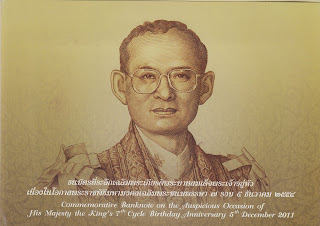Most of the time, anything that is "related" to the theme is accepted.
With my theme collection on Volkswagen Beetle, I do lots of miniature cars, books regarding the theme, posters... even magnets as I posted in previous articles.
But as this blog is mainly about stamps, coins and banknotes, I should limit my 'related' items to a strict mininmum.
However, today's post is an acceptable collectible.
I was on an auction, and bought a stamp album for a very low price.
I had looked into the album but I didn't see all items that were in it.
After buying it, I had a closer look to what I just purchased.
A postcard (with address, but never sent - or at least not cancelled) with a picture of the 'economic miracle"'.
The term 'Wirtschaftswunder' (economic miracle) is often given to both Volkswagen and former Chancellor of West-Gemany, Ludwig Erhard.
Erhard rejected the Nazi regime and worked on an economic reconstruction plan before the war was over yet.
He became Minister of Economics under Konrad Adenauer, and under his influence, the new German Mark was introduced, a brave decision that made the newly introduced neoliberal based German economic flourish again (for the record : the correct term is ordoliberalism).
In this perspective, he was given the title 'father of the German economic miracle.
 |
| Ludwig Erhard |
 |
| Ludwig Erhard on stamp 1987 Germany |
 |
| Detail from the card : Erhard, Volkswagen 1948, new german coins (1948) |
in the Ludwig Erhard street n° 15. (Autohaus Neufahrn)
to be continued...




.jpg)






















